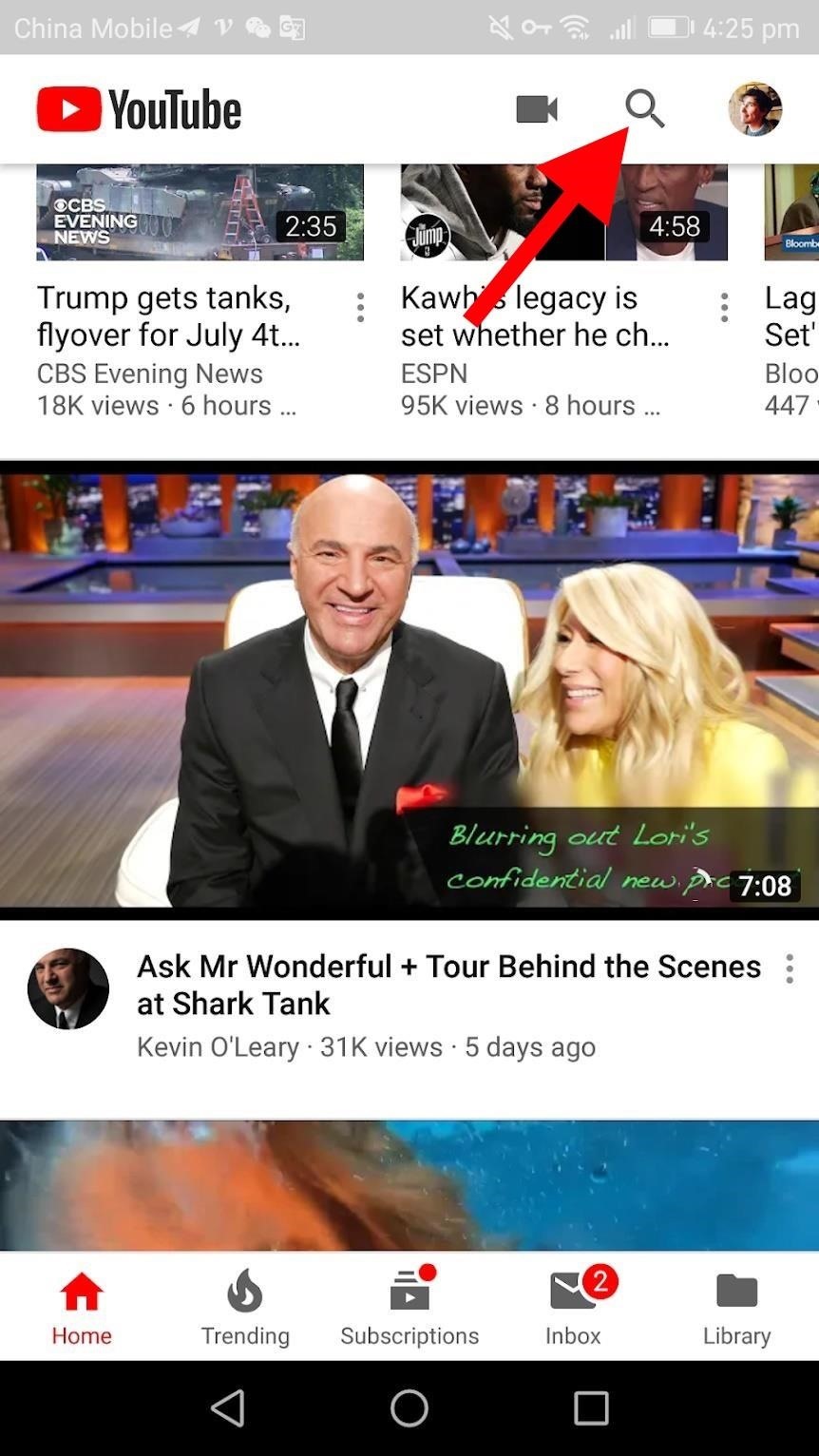Passport to prosperity?
When considering micropayments, weigh carefully how the system changes the economic balance sheet
MANAGEMENTSPEAK: We need to normalize our service delivery.
TRANSLATION: Our customers need to pay more to get less.
— Luckily, this week’s contributor normalized, or at least clarified, this bit of babble for us.
EVER WONDER WHY the health care industry is such a mess?
Here’s one reason: The customer, consumer, and wallet have no interests in common.
Customers, you’ll recall, make buying decisions. So who makes the buying decision in a typical health care transaction?
It’s like this: The germ makes you ill — which pretty much decides that you need to see your doctor — and your physician decides on your treatment. Think you’re sick? In the health care industry, it’s vendors and germs that are the customers.
Mass media is almost as weird. When you watch network television or read the newspaper, you are neither customer nor consumer. Advertisers are the ones making buying decisions because it’s advertising that pays the bills. When you pay for a newspaper, at best you’re covering the cost of raw materials.
Which also means the newspaper or television show isn’t the product because a product is something you sell to make a profit. In mass media, the entertainment or information isn’t product — it’s bait. The audience is the product, of which advertisers are both customer and consumer.
Which brings us to Microsoft’s Passport service, Sun’s Liberty Alliance, and the whole idea of micropayment services. Micropayment services, which allow companies to profitably charge for low-value transactions, are supposed to transform marketplaces such as mass media by turning audiences into customers. The social consequences are highly desirable: Customers have far more impact on product quality than product has on bait, which is why we expect HBO to be superior to CBS.
Here’s the problem: The only economic beneficiaries are sellers. If we become the customers, the current customers — advertisers — lose an important way to buy access to us. Media consumers — that’s us, the product — not only have to pay for content we used to get for free, but as Clay Shirky pointed out a couple of years ago in his well-reasoned article, ” The Case Against Micropayments “, we now have to make lots of buying decisions instead of just the one we make when we buy a subscription, or the zero we make for sponsored content.
If you’re a CTO or otherwise involved in evaluating which business model will work for your company, you might be considering a micropayment-based strategy. Before you do, consider that consumers would rather get a sponsored newspaper than pay a nickel for each article.
Although I’m sure you would be more than willing to pay much more than that to receive this column each week.



